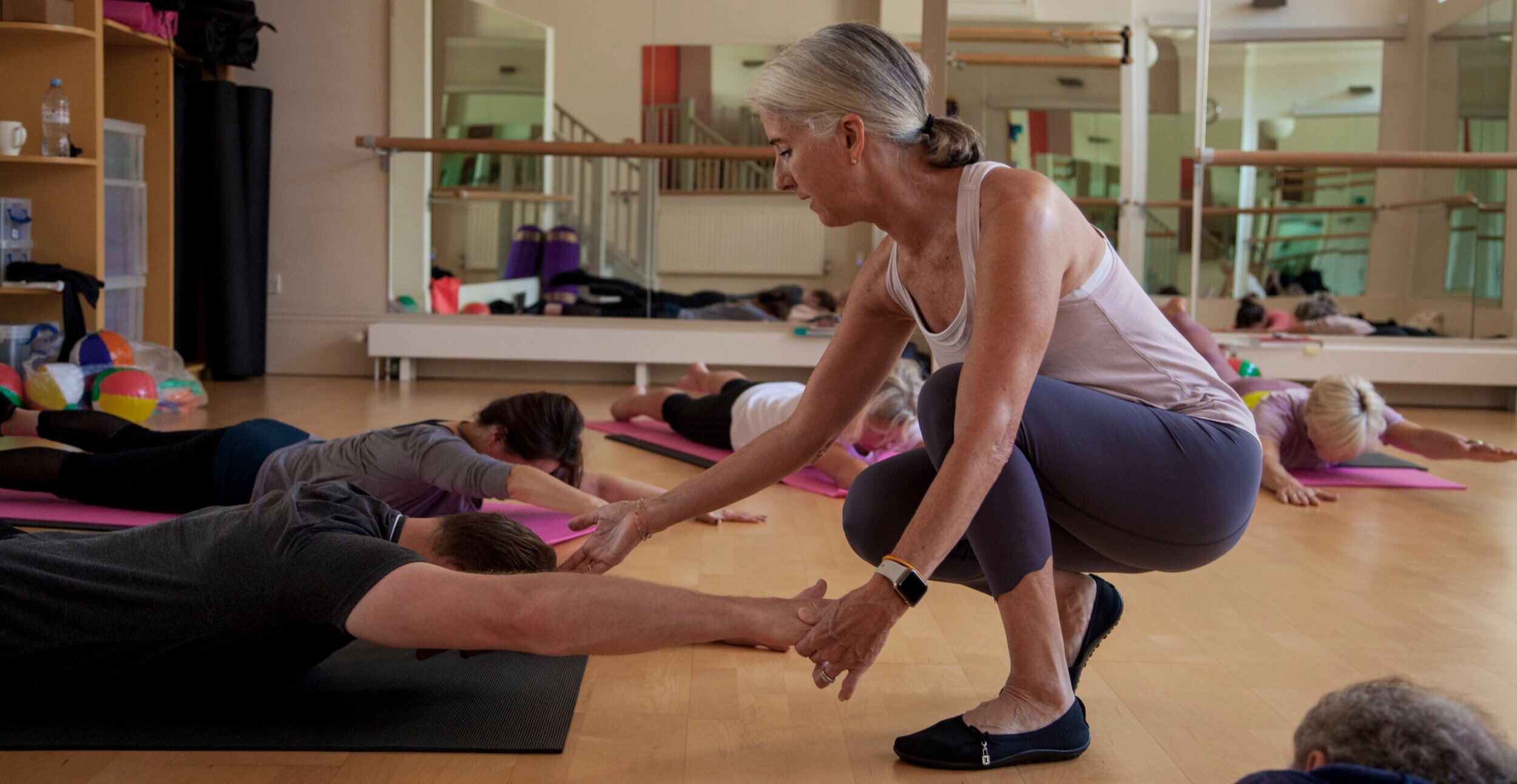Understanding the Difference of Closed Kinematic Chains and Kinetic Chains
Introduction
As movement professionals, we are familiar with the terms open and closed chain movements. These terms were developed from a mechanical engineering perspective. The concept was then used to describe human anatomy and movement. The term closed kinematic chains means something completely different from kinetic chains. The Difference Between Kinematics vs Kinetics
Kinematics is the analysis of the geometric aspects of motion without the forces causing it. It is describing movement patterns and joint angles in relation to one another. Analyzing gait mechanics is a kinematic study. Kinetics on the other hand, is actually about the forces and torques that create the motion of a body with mass.Closed Kinetic Chains vs Open Kinetic Chains
Exercises are often defined as closed and open kinetic chains. The training effect is different when we perform a closed kinetic chain exercise versus open kinetic chain exercise. Closed kinetic chain movement is when a distal part of a limb has a fixed position, for example, the feet on the ground during a squat. These exercises promote more stability, and recruit whole body activity. They are considered more functional. In contrast, an open chain motion is when the limb is free in space performing a movement as a bicep curl exercise. This is isolating one area of the body, working one joint. It is not whole body movement therefore not functional. Exercises both open and closed are the activity of the body and in the category of kinetic chainsKinematic chains are about the geometry of motion without consideration of the force. Anatomical descriptions of movement therefore are kinematic not kinetic descriptions. The body is made up of only closed kinematic chains. From a biotensegrity point of view, the body is a whole organism, one unit. Conclusion
The motion of any one joint then involves the whole body because each segment and joint is coupled through this closed chain system. When one joint moves, everything is affected. No muscles work in isolation but as part of the whole fascial system including ligaments and tendons. When we are describing the anatomy of movement, the category is closed kinematic chains because it enables us to understand the motion of complex anatomy through the geometry of some simple shapes.The terms ‘kinetic’ and ‘kinematic’ can thus mean different things when used in an exercise context or one relating to anatomical mechanics, and understanding the definition and use of these terms clarifies how we assess and choose movement exercises. Most importantly is to be able to observe the kinematics of the body, identify a faulty pattern then create the exercises to make a change in ones’ movement function.





